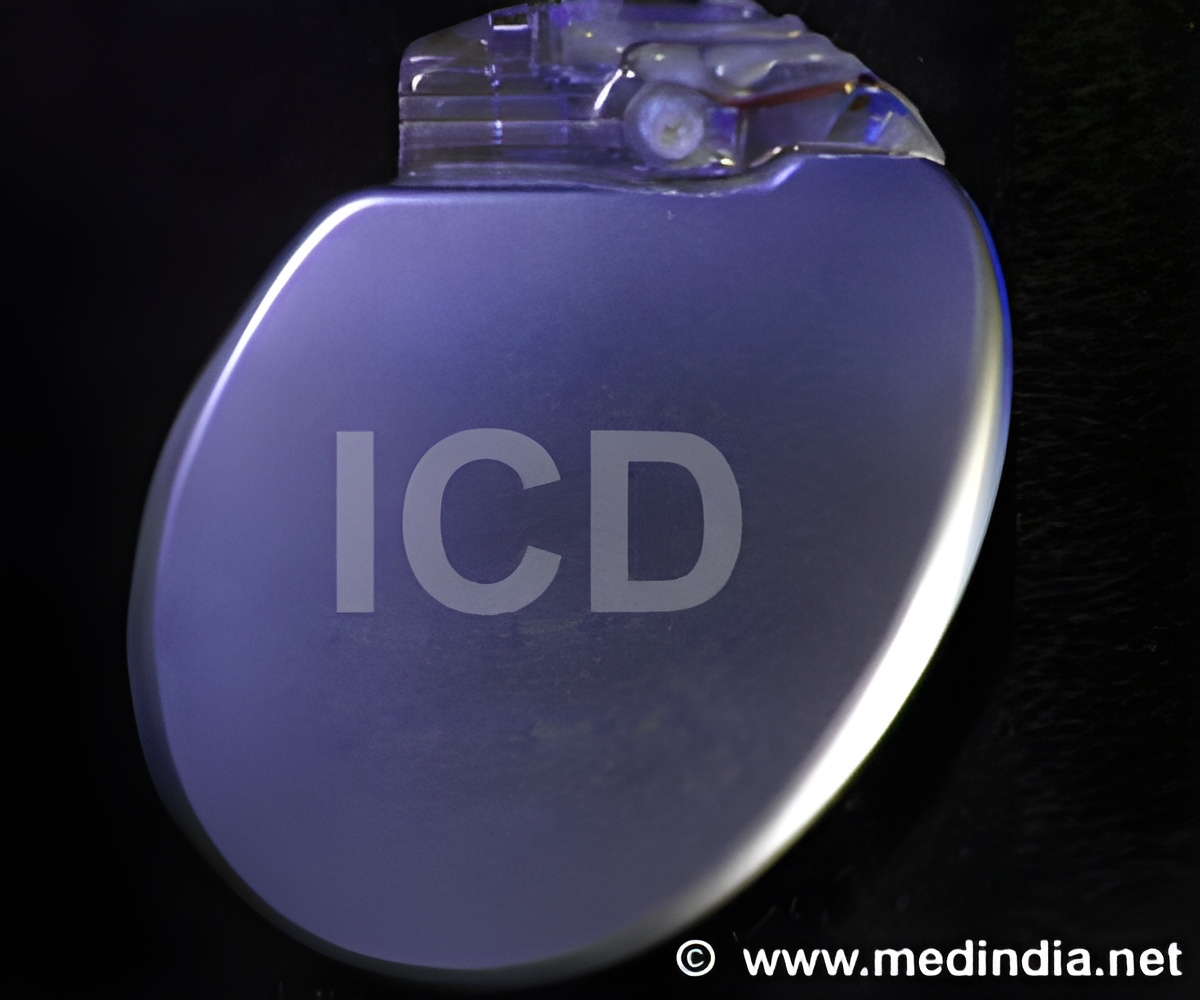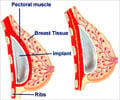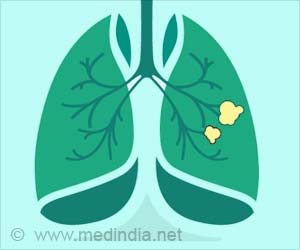A new study reports that viruses that were used to infect and kill disease-causing bacteria can be used in preventing the formation of the sticky biofilms of bacteria.
A new study published in the journal Biomacromolecules reports that viruses that were used to infect and kill disease-causing bacteria can be used in preventing the formation of the sticky "biofilms" of bacteria which cause infections on implanted medical devices.
Marek Urban and colleagues explain that bacteriophages (literally, "bacteria eaters") were first used to treat bacterial infections in the 19th century. These viruses — more than 1,000 different kinds exist — attack disease-causing bacteria. The scientists focused on use of phages to wage "microbial warfare" on the films of bacteria that form on catheters, stents and other medical implants. These infections, which often involve antibiotic-resistant bacteria, strike more than a million patients annually in the United States alone, increasing hospital bills by almost $1 billion.
They describe attachment of phages to the surfaces of materials like those used in implanted medical devices, and evidence that the phages remain active, killing
E. coli and
Staphylococcus aureus. Those bacteria cause the most common hospital-acquired infections. The technology can attach phages to almost any surface, and is "a promising and effective means of not only combating antibiotic-resistant infections, but also the technological platform for the development of bacteria sensing and detecting devices."
Source-Eurekalert









